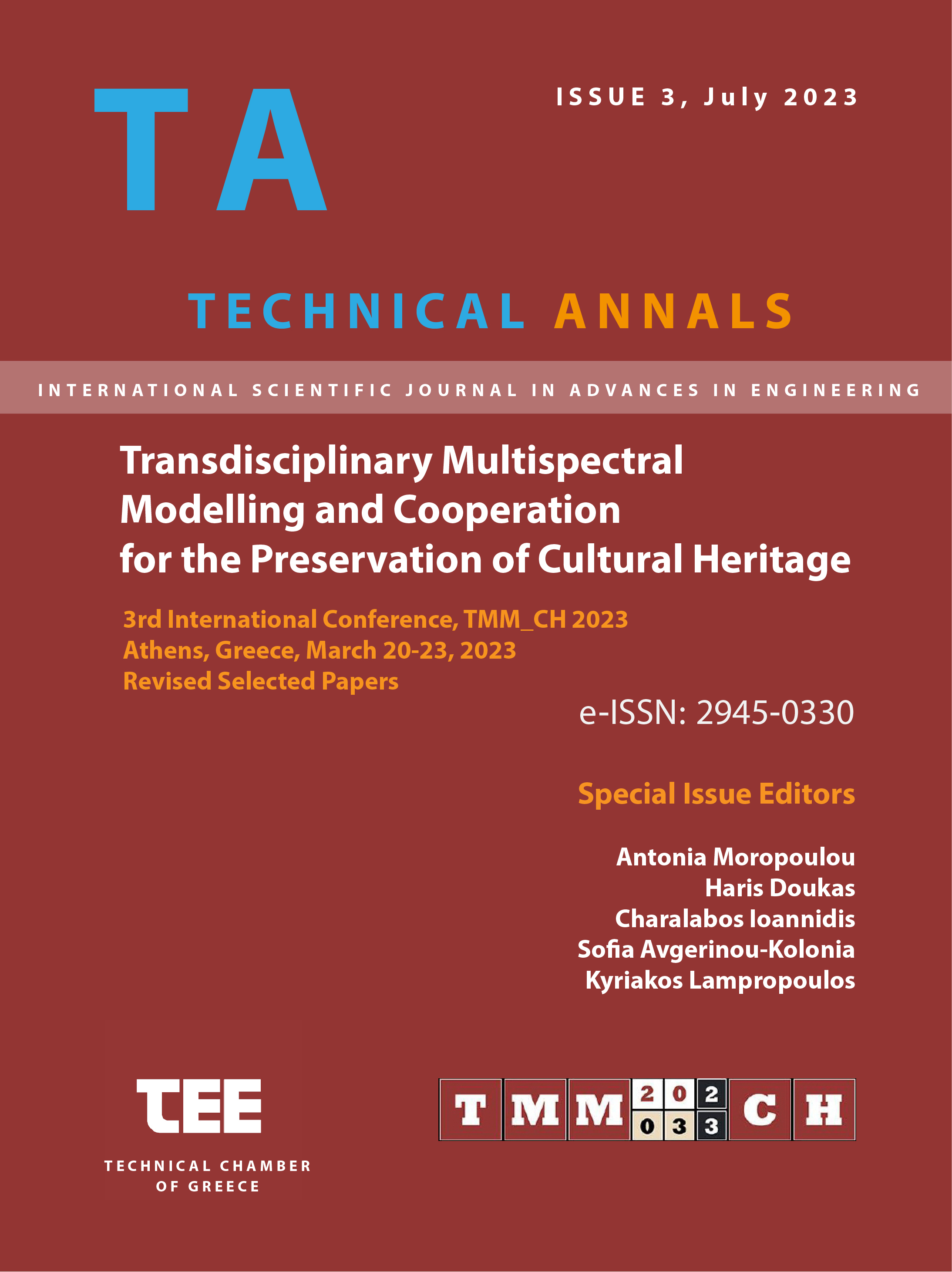Post-earthquake assessment of monumental building in Croatia by 3Muri software

Abstract
Abstract. A series of earthquakes in and close to city of Zagreb, Croatia during the 2020 severely damaged the masonry cultural heritage buildings built in the 19th century. The article presents the assessment of post-earthquake design of retrofitting of damaged historic masonry structure of the former synagogue in city of Sisak, Croatia erected in 1890. The former synagogue was severely damaged during the recent earthquake. For the purposes of the post-earthquake retrofitting and strengthening, an analysis of the damaged and retrofitted structure has been carried out to justify the selected retrofitting measures that included a partial reconstruction of heavily damaged structure. The equivalent frame model based on the discretization in terms of piers and spandrels was created (SEM - Structural Elements Model) to obtain the simulation of earthquake response of structure using the 3Muri 13.9 software. In this paper the procedure and results of the analysis of seismic resistance of the strengthened structure is presented because of the successful cooperation of structural engineers, architects and conservators.
Article Details
- How to Cite
-
Zarnic, R., & Rajcic, V. (2023). Post-earthquake assessment of monumental building in Croatia by 3Muri software. Technical Annals, 1(3). https://doi.org/10.12681/ta.34856
- Section
- Uni and interdisciplinary approach for the sustainable preservation of Cultural Heritage

This work is licensed under a Creative Commons Attribution-NonCommercial-ShareAlike 4.0 International License.


